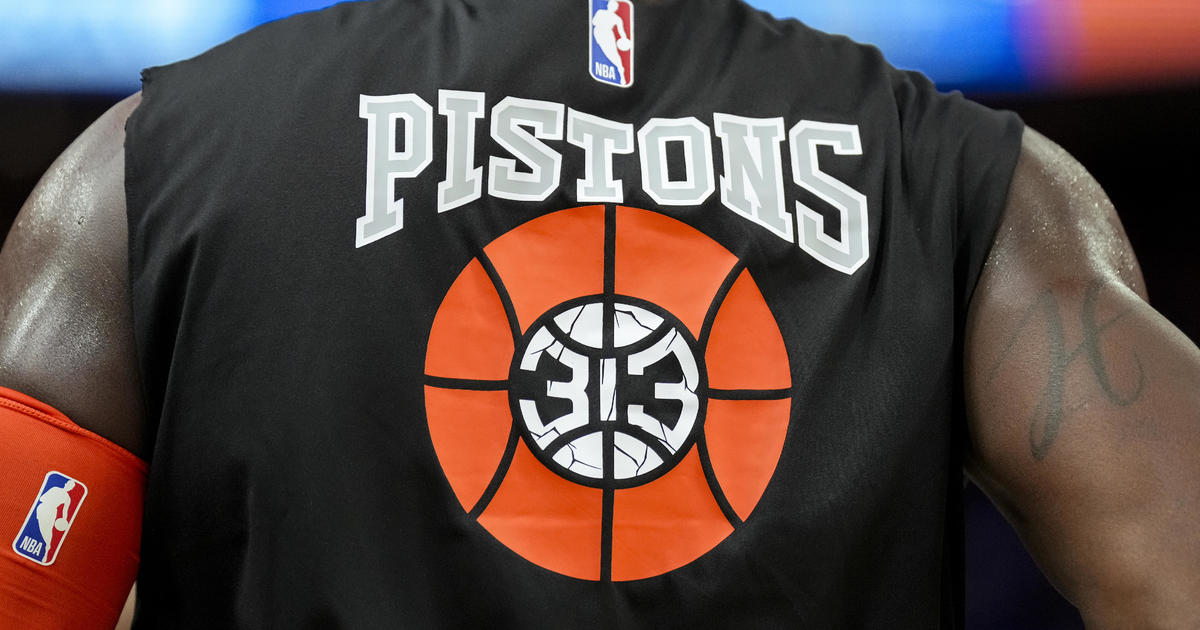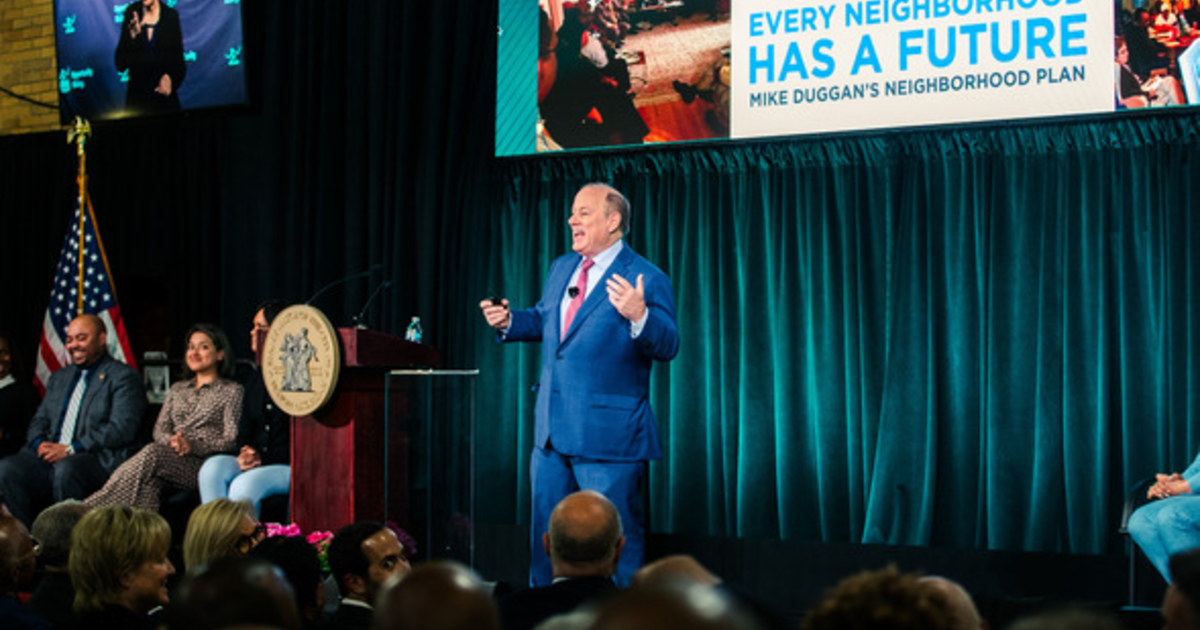Ford, Microsoft Celebrate 5 Years Of Connectivity, 5 Million Sync Cars
SAN FRANCISCO -- Five years ago, Ford Motor Co. and Microsoft came together to launch the benchmark for in-vehicle connectivity systems with the introduction of Sync.
Monday, at the GigaOM Roadmap Conference in San Francisco, Ford CTO Paul Mascarenas and Microsoft Windows Embedded General Manager Kevin Dallas announced the 5-millionth vehicle equipped with Sync has been sold and they shared their joint vision for continued leadership in development of the connected car.
"Sync has helped us evolve as an automaker, to think and act more like a technology company, with a new level of openness and access that has forever changed how we look at our business and respond to our customers," said Mascarenas, who is also vice president of Ford Research and Innovation. "Ultimately, Sync embodies what Ford is all about: going further to transform innovative ideas into products that are affordable, attainable and valuable to millions of people."
When Ford and Microsoft first initiated the collaboration in 2005, the engineering teams recognized that mobile electronics were quickly becoming an increasingly important part of people's lives as cell phones and digital media players. Considering how quickly mobile device usage had grown in just the previous few years, the development team decided a new development approach was needed going forward.
To view a video about the origins of Sync, visit http://youtu.be/CGP9j9iYzww.
"Thanks to our partner Microsoft and their expertise, we have turned the car into a platform with extensive opportunities for developers to work with us to continue to add value through new features delivered at the speed consumers now expect," Mascarenas said. "With more than 1 billion smartphones now in service around the world, we expect mobile connectivity will continue to be the foundational element of our strategy going forward."
"We've worked with Ford on Sync right from the start," Dallas said. "Taking a platform approach enabled us to move quickly and deliver an innovative solution unlike any in the industry while providing us the flexibility to continue to deliver new features and improvements to Ford customers."
While cars and trucks typically stay on the road for more than 10 years on average, people often replace their consumer electronics every couple of years to keep pace with the latest advances in technology.
The Sync development team created an architecture based on the Windows Embedded Automotive platform that took advantage of open protocols like USB and Bluetooth to enable virtually any device to be connected for media playback and communications. That decision turned out to be more prescient than anyone on the team could have imagined.
When Sync was first announced, Jan. 7, 2007 at the International CES, the presentation featured the iPod, Motorola Razr flip-phone and Palm Treo smartphone. Just two days later, Apple began a mobile phone revolution and the beginning of the app economy with the announcement of the original iPhone. When customers began driving the first car available with Sync, the 2008 Focus, in fall of that year, most were using Sync to make hands-free calls using their feature phones and play back music from iPods with simple voice commands powered by Nuance voice recognition technology.
Five years on, there are smartphones powered by a diverse range of platforms including iOS, Android, Blackberry and Windows Phone mobile operating systems. With ample on-board storage, processing power that rivals desktop computers from five years ago and fast wireless data connections, these phones still work with those original Sync-equipped vehicles. They also power new capabilities like AppLink, 911 Assist , Vehicle Health Report and Sync Services, a cloud-based service network including traffic reports, turn-by-turn directions, business search, news and sports scores and movie listings.
"Now, it's clear that building an open, upgradable connectivity platform has been key to the success of Sync because it has allowed us to stay relevant to the consumer," said Mascarenas. "With Sync, Ford vehicles are no longer stuck with the technology built in at the factory, they can keep pace with the latest consumer trends through simple software updates."
With 5 million Sync-equipped vehicles on the road and the system just beginning to launch in Europe and Asia, Ford and Microsoft, along with Nuance, are always working on new enhancements that will keep customers on the leading edge of in-car technology. Ford was ranked first in ABI Research's OEM connected automotive infotainment Competitive Assessment, with high ratings for implementation, innovation, and price.
"At Microsoft, we're now focused on how data and connectivity can turn devices into intelligent systems that enable insight-driven action," said Dallas. "In the vehicle, this means the ability to connect to more data from more sources and use it to help the driver. Together with Ford, we're helping them turn the connected vehicle into an intelligent vehicle."
Cloud connectivity, on-board sensors and data access are key components for creating this kind of intelligent vehicle experience. Other advances, such as natural language processing and machine learning, could help SYNC provide a more natural interaction between car and driver, enabling a driving experience that's more personalized, convenient and safe.
"The car is a rich source of real-time data and when combined with the processing power available in the cloud, it could become the smartest device you will ever own," added Mascarenas.



